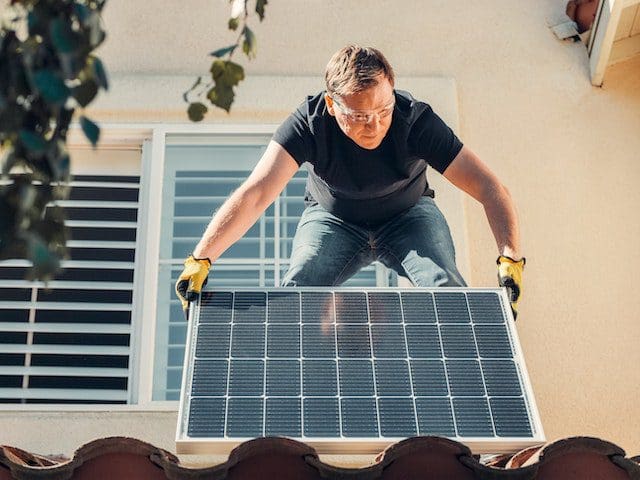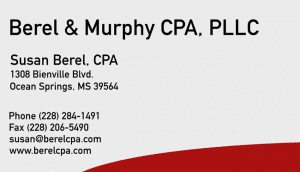Taxpayers making certain energy-efficient updates to their homes are reminded that they could qualify for home energy tax credits. The credit amounts and types of qualifying expenses were expanded by the Inflation Reduction Act of 2022. Taxpayers who make energy improvements to a residence may be eligible for expanded home energy tax credits.
What Taxpayers Need To Know
Taxpayers can claim two tax credits for the year the qualifying expenditures are made: the Energy Efficient Home Improvement Credit and the Residential Clean Energy Credit. Before purchasing energy-efficient equipment, taxpayers are encouraged to review all requirements and qualifications at IRS.gov/homeenergy. Additional information is also available on energy.gov, which compares the credit amounts for tax year 2022 and tax year 2023.
Homeowners making improvements to their primary residence will benefit the most from these tax credits; however, renters may also be able to claim credits, as well as owners of second homes used as residences. Landlords cannot claim this credit. Let’s take a closer look at how these credits work:
Energy Efficient Home Improvement Credit
Under the Inflation Reduction Act, taxpayers that make qualified energy-efficient improvements to their home after January 1, 2023, may qualify for a tax credit of up to $3,200 for the tax year the improvements are made. Beginning January 1, 2023, the credit equals 30% of certain qualified expenses:
1. Qualified energy efficiency improvements installed during the year, which can include things such as:
- exterior doors, windows, and skylights.
- Insulation and air sealing materials or systems.
2. Residential energy property expenses such as:
- Central air conditioners.
- Natural gas, propane, or oil water heaters.
- Natural gas, propane or oil furnaces, and hot water boilers.
3. Heat pumps, water heaters, biomass stoves, and boilers.
4. Home energy audits of a main home.
The maximum credit that can be claimed each year is:
- $1,200 for energy property costs and certain energy-efficient home improvements, with limits on doors ($250 per door and $500 total), windows ($600), and home energy audits ($150).
- $2,000 annually for qualified heat pumps, biomass stoves, or biomass boilers.
The credit is available only for qualifying expenditures to an existing home or for an addition or renovation of an existing home and not for a newly constructed home. The credit is nonrefundable, which means taxpayers cannot get back more from the credit than what is owed in taxes, and any excess credit cannot be carried to future tax years.
Residential Clean Energy Credit
Taxpayers who invest in energy improvements for their main home, including solar, wind, geothermal, fuel cells, or battery storage, may qualify for an annual residential clean energy tax credit. Taxpayers may be able to claim a credit for certain improvements other than fuel cell property expenditures made to a second home that they live in part-time and don’t rent to others.
The Residential Clean Energy Credit equals 30% of the costs of new, qualified clean energy property for a home in the United States installed anytime from 2022 through 2033.
Qualified expenses include the costs of new, clean energy equipment such as:
- Solar electric panels.
- Solar water heaters.
- Wind turbines.
- Geothermal heat pumps.
- Fuel cells.
- Battery storage technology (beginning in 2023).


